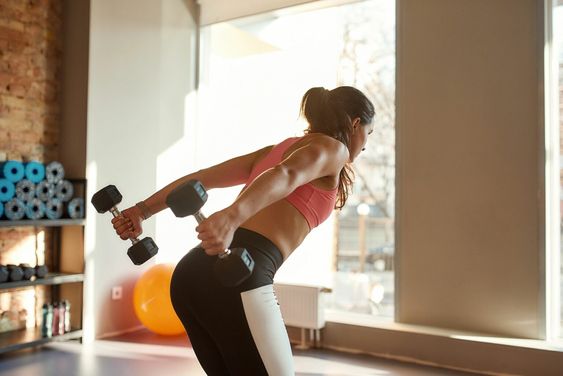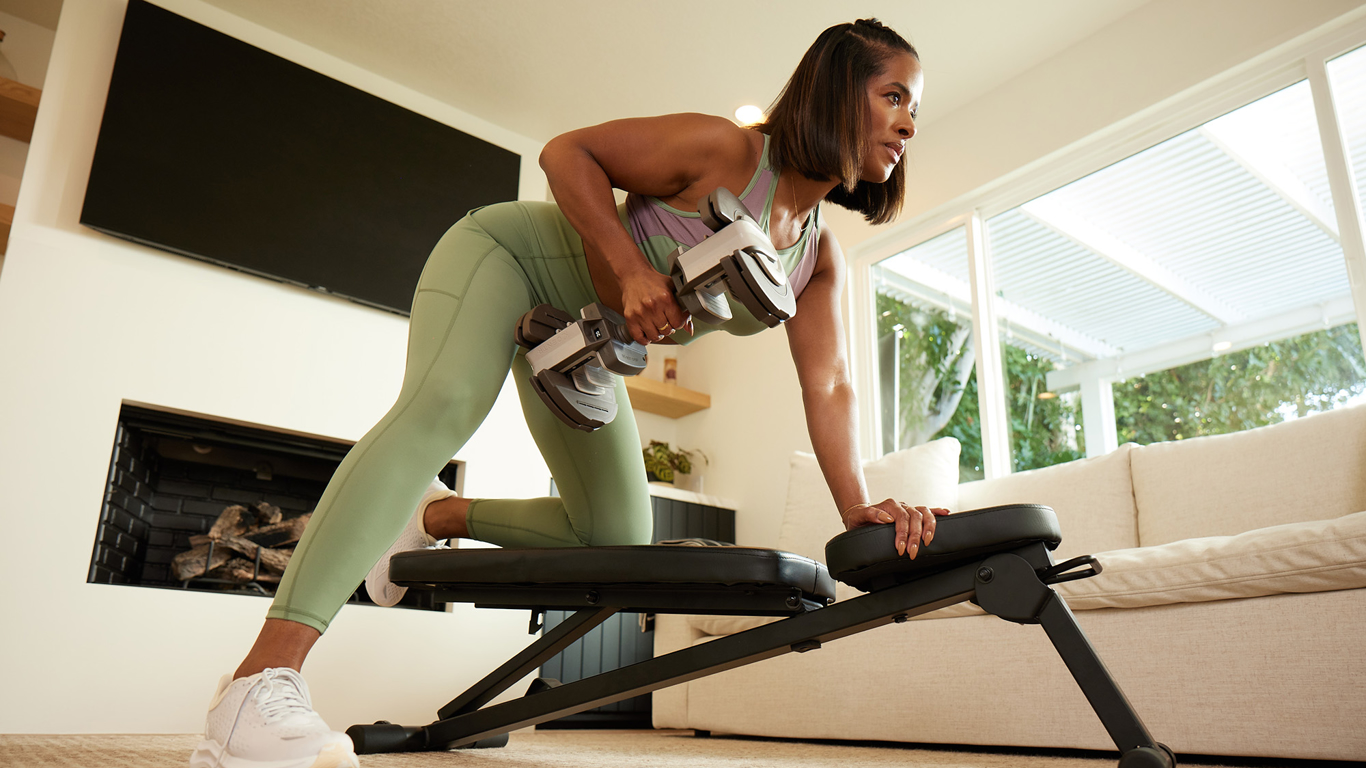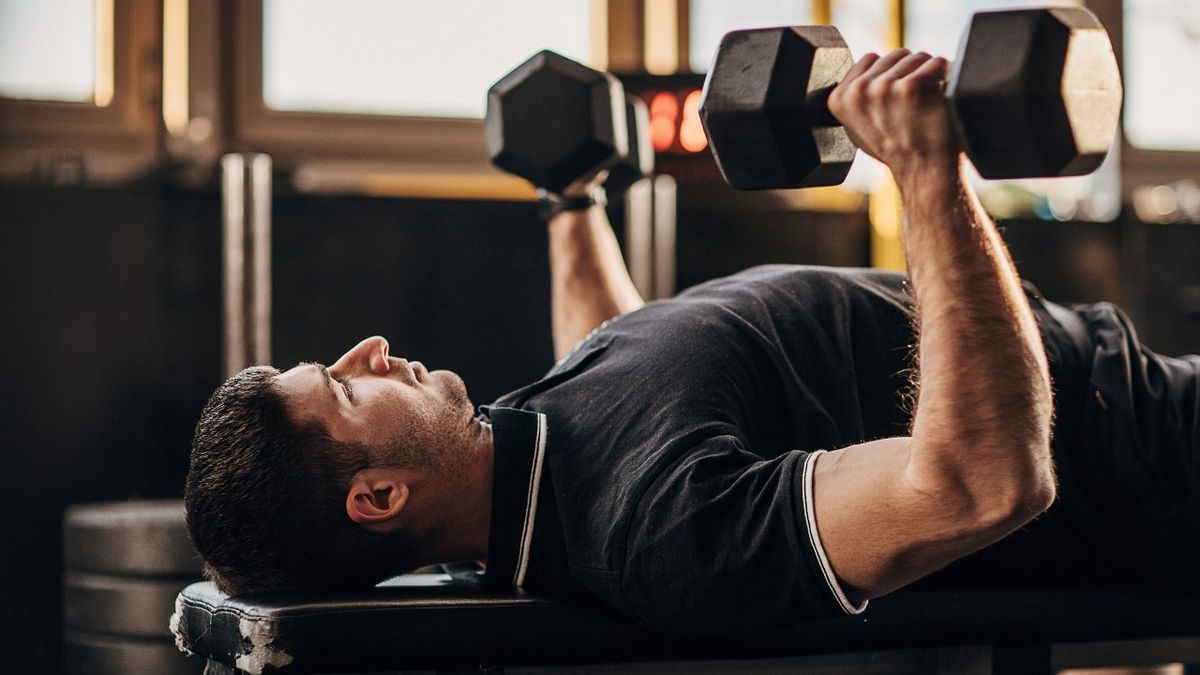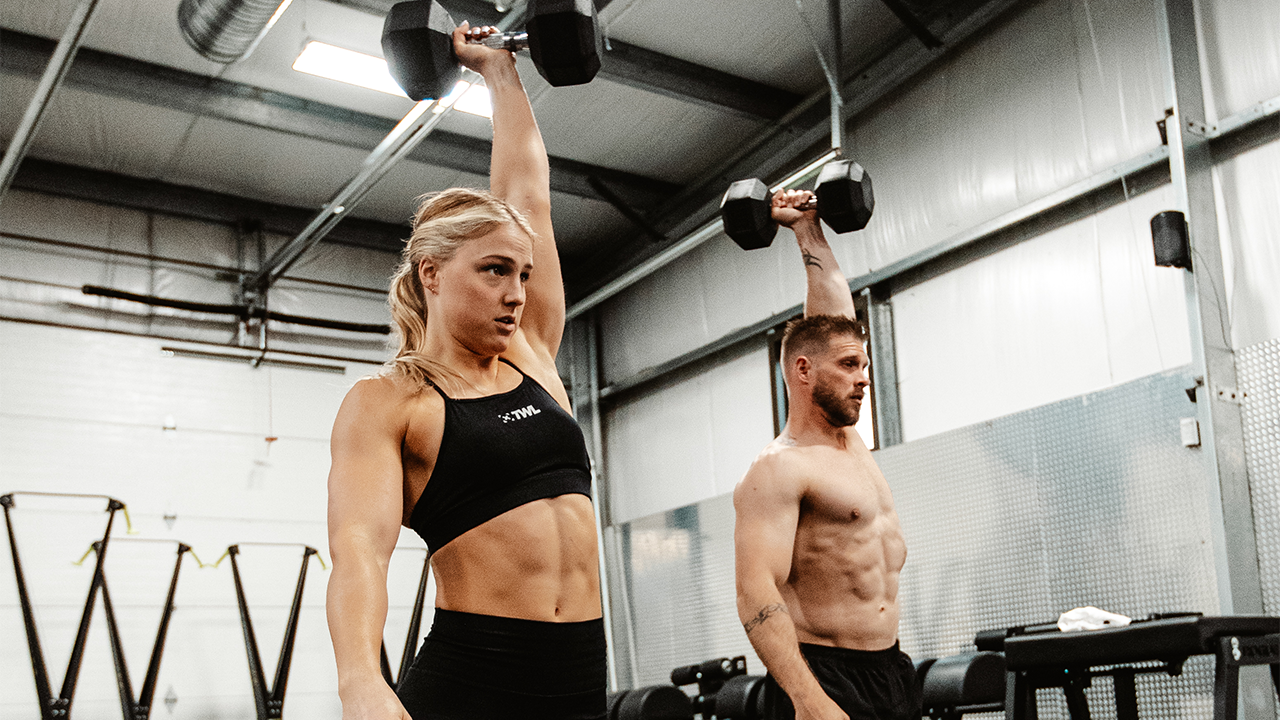Tricep workouts with dumbbells are a great way to build upper body strength and definition. By incorporating a variety of exercises targeting your triceps, you can enhance muscle mass and improve overall arm strength effectively. Whether you are a beginner or more advanced, dumbbells allow for versatile movements that can suit your fitness level and goals.
Understanding how to properly engage your triceps is key to getting the most out of your workouts. With effective techniques and the right exercises, you can not only tone and shape your arms but also improve functional strength for everyday activities. This article will guide you through essential dumbbell exercises and important tips to ensure you achieve optimal results.
Key Takeaways
- Targeting the triceps improves upper body strength.
- Dumbbell exercises allow for varied and adaptable workouts.
- Proper technique is crucial for maximizing workout benefits.
Understanding Triceps Anatomy and Function
The triceps muscle plays a key role in arm movement and strength. Knowing its structure and how it functions can help you achieve better results in your workouts. Here’s a closer look at the primary muscles, movement mechanics, and benefits of training your triceps.
Primary Muscles Involved
The triceps brachii consists of three heads: the long head, lateral head, and medial head.
- Long Head: This part runs along the back of the arm and helps with shoulder extension and stability. It is important for developing overall arm size.
- Lateral Head: Located on the outer side, this head contributes to the shape and thickness of the upper arm, especially during pressing movements.
- Medial Head: This head is deeper and assists with elbow extension, playing a vital role in developing tricep strength.
A well-rounded triceps workout targets all three heads to avoid muscle imbalances and promote muscle growth.
Mechanics of Elbow Extension
The primary function of the triceps is to extend the elbow joint. This means straightening your arm. As you perform triceps exercises, the triceps contract, allowing for smooth movement.
During exercises like the dumbbell kickback or neutral grip dumbbell press, the elbow joint experiences significant force. Controlling the movement ensures you’re effectively engaging the triceps.
Proper form is crucial to avoid injuries and ensure that you’re working the muscles effectively. Strengthening this area can improve performance in various upper body movements.
Benefits of Tricep Training
Training your triceps has several advantages.
- Muscle Growth: Regular tricep workouts lead to hypertrophy, increasing the muscle size in your arms. Consistency is key to seeing results.
- Functional Strength: Strong triceps improve your capability in daily activities and other workouts.
- Balanced Physique: Well-developed triceps help balance the upper arm, enhancing aesthetics.
Incorporating targeted triceps exercises into your routine not only builds strength but also contributes to reducing muscular imbalances.
Dumbbell Tricep Exercises Breakdown
Dumbbell tricep workouts include both isolation and compound movements. These exercises help you develop strength and size in your triceps. Understanding proper techniques and exploring advanced variations can enhance your results.
Isolation vs Compound Movements
Isolation movements target one muscle group, while compound lifts engage multiple muscles. For triceps, isolation exercises focus solely on the tricep muscle. Examples include:
- Dumbbell Kickbacks: This exercise allows you to isolate all three muscle heads of the triceps.
- Skull Crushers: Great for hitting the long head of the triceps while providing a unique angle for the muscle.
Compound lifts, such as the Neutral Grip Dumbbell Bench Press, engage the chest and shoulders along with the triceps. They allow for heavier weights and build overall strength. Combining both types in your routine can provide balanced development and prevent plateaus.
Proper Techniques for Dumbbell Workouts
Using proper form is crucial for maximizing your gains and preventing injury. Focus on the mind-muscle connection, which involves concentrating on the muscles you are working during each exercise.
When performing a Dumbbell Skull Crusher, keep your elbows in and lower the weights slowly. For Dumbbell Kickbacks, don’t swing; instead, maintain control as you extend your arm.
Additionally, for exercises like Overhead Extensions, ensure your back is straight and core is engaged. This stability helps target the triceps effectively and safely.
Advanced Variations for Experienced Lifters
For those who have mastered standard tricep exercises, advanced variations can push your limits. The Dumbbell JM Press combines the benefits of a press with skull crushers, engaging the triceps deeply.
The Tate Press requires unique positioning that emphasizes the inner tricep heads. Also, consider the Dumbbell Overhead Extension, where you extend the weight overhead to target all areas of the triceps.
Using these advanced techniques can stimulate growth and strength in your triceps. Incorporate these exercises into your routine to keep challenging yourself.


Optimizing Your Dumbbell Tricep Workout
To maximize your gains in tricep strength and size, focus on how you structure your workouts, incorporate progressive overload, and address unilateral training. Each of these factors plays a crucial role in developing your upper arms effectively.
Workout Structure and Exercise Order
Effective dumbbell tricep workouts should ensure proper exercise selection. Start with compound movements like the Dumbbell Flooring Press or Close Grip Dumbbell Press. These exercises engage multiple muscle groups, allowing you to lift heavier weights.
After the compounds, move to isolation movements such as the Overhead Dumbbell Tricep Extension and Dumbbell Kickbacks. This order lets you prioritize strength before isolating muscles for growth. Aim for 3-4 sets of each exercise, targeting 8-12 reps to build muscle and strength effectively.
Incorporating Progressive Overload
To see continual tricep growth, you must incorporate progressive overload. This can be achieved by gradually increasing weights, adding more sets, or enhancing your range of motion. For example, if you can perform 12 reps comfortably, increase your weight by 5% for your next session.
You can also modify rest periods. Shortening rest allows for higher intensity and increased endurance. Keep a training log to track your progress. If you notice any strength gains plateauing, revisit your workout routine and make necessary adjustments.
Addressing Unilateral Training and Stability
Incorporate unilateral exercises like single-arm dumbbell overhead extensions to develop balance and stability. These exercises help address muscle imbalances and enhance elbow stability, which is key when performing bilateral movements.
Aim for 1-2 sets of unilateral movements per workout. As you work one side independently, it forces the stabilizing muscles to engage more, leading to increased strength in your overall triceps. This method also boosts your core engagement, further supporting your triceps workout routine.





